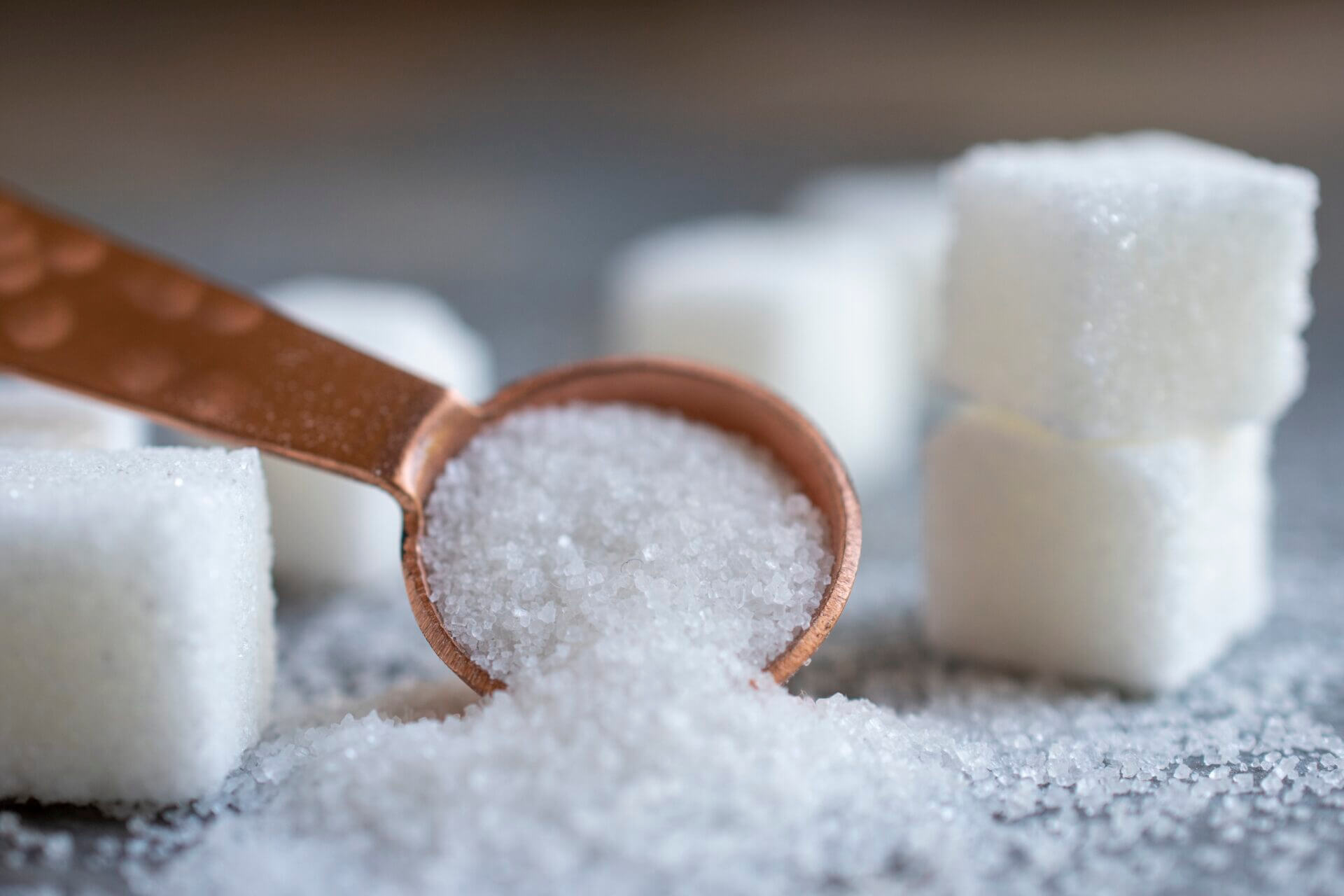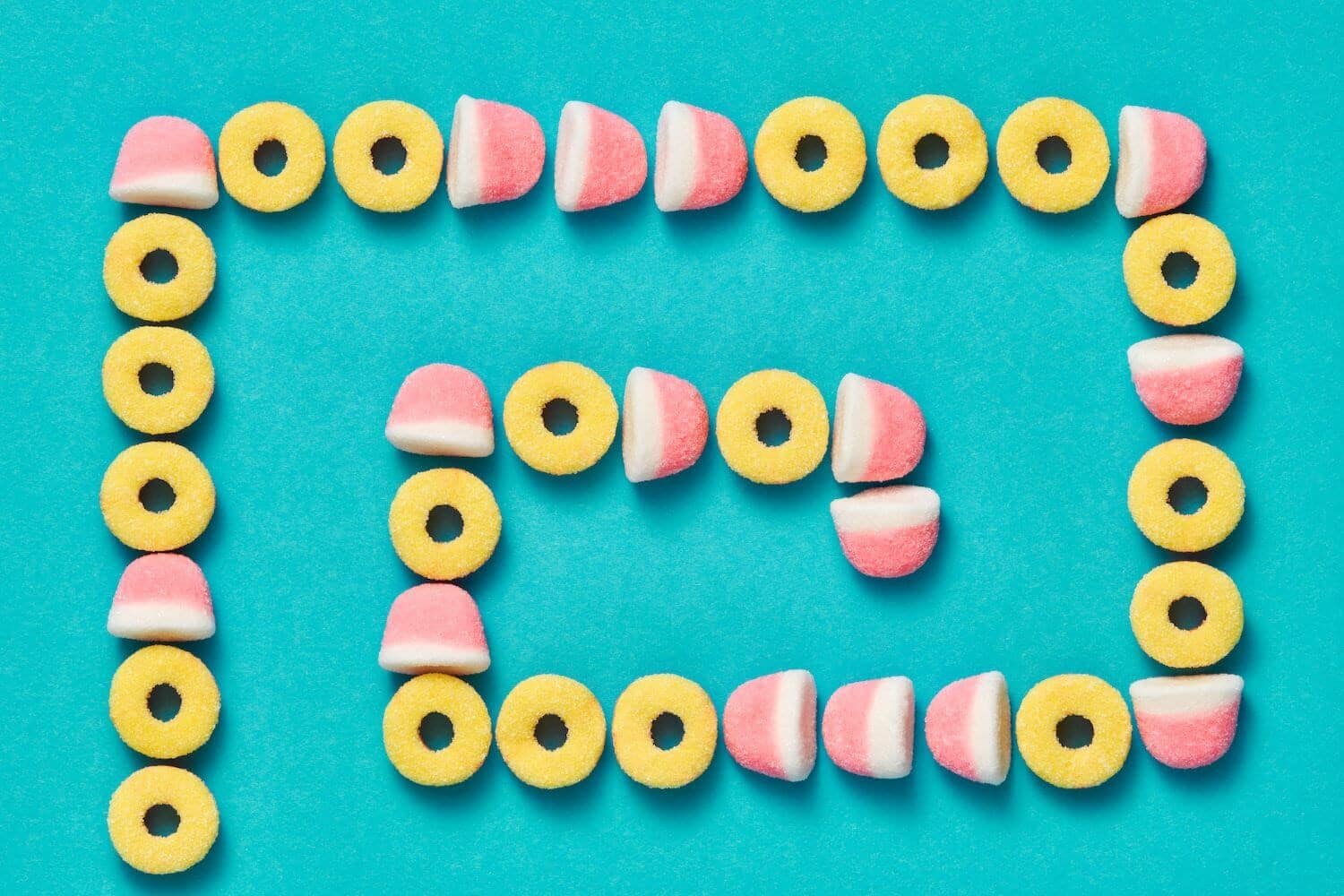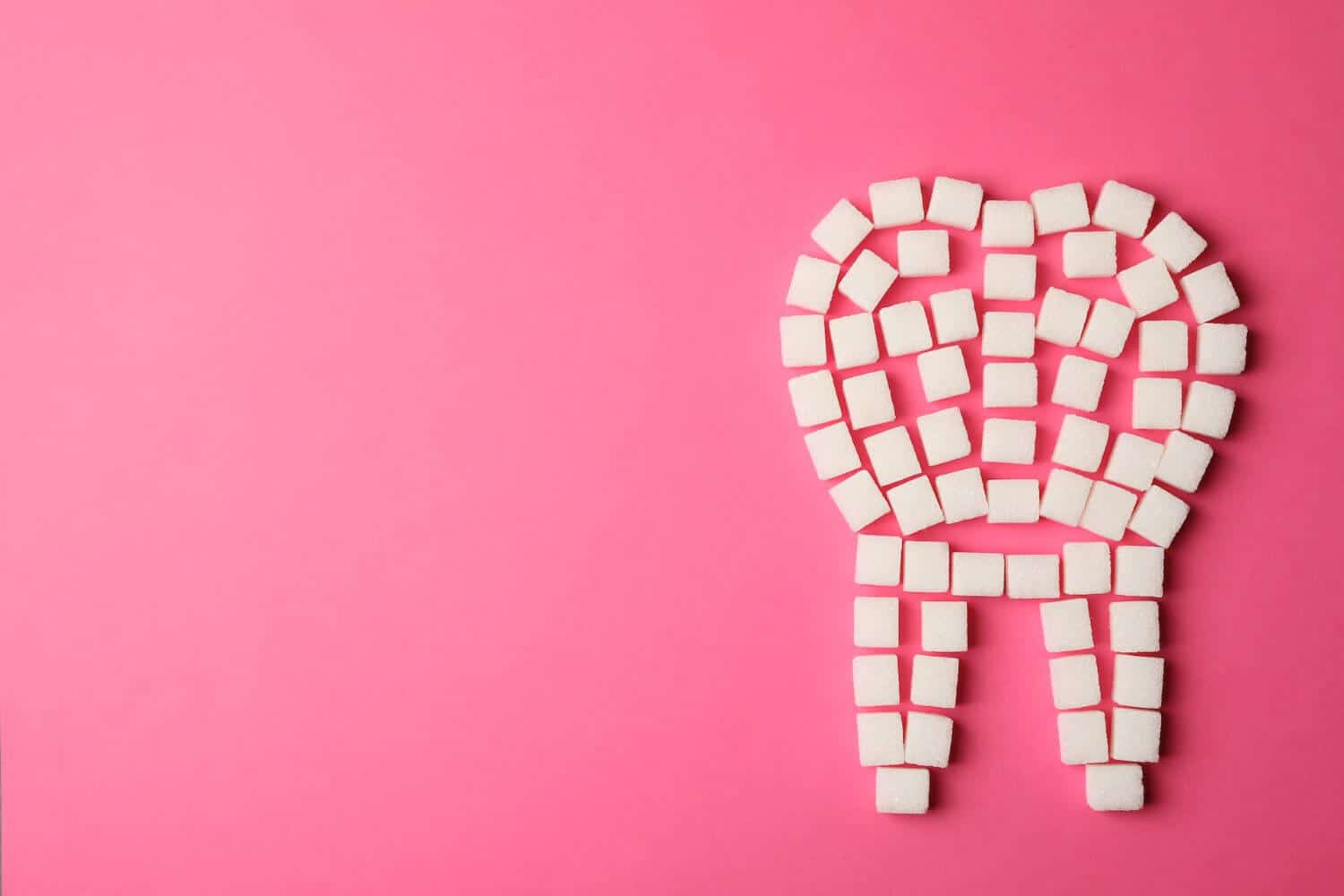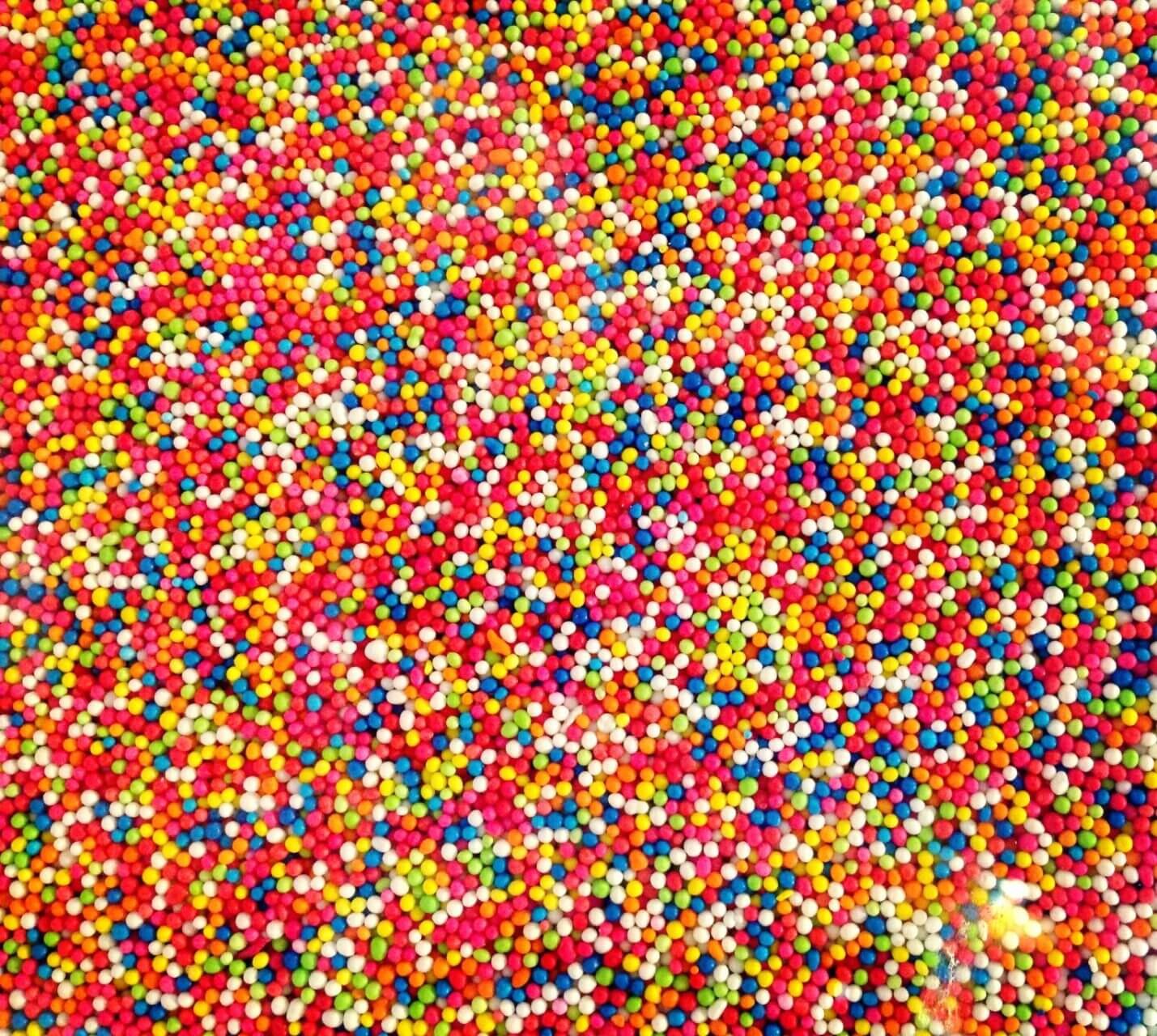How are Lollipops Made?
Lollipops have touched every corner of our lives, but have you ever wondered where this tantalizing treat came from? We’ll take a trip back in time to see where and how the idea was born and why it became such a popular snack. And also answer the questions ‘How are Lollipops Made‘
The sweet taste of a lollipop can take one back to childhood days in an instant. You find lollipops in Easter baskets, Christmas stockings, and even the dentist’s office. This sweet treat even makes an appearance in most major events such as birthday parties, baby showers, and even weddings.
The First Lollipop
It’s very likely the first lollipop was created by the cave people when collecting honey from beehives with a stick. Honey was probably licked from the stick to avoid wasting any of the sweet nectar and therefore, the world’s first lollipop was created. There are archaeologists who believe ancient Egyptians, Arabs, and Chinese used honey to preserve their fruit and nut confections by coating them with honey and inserting a stick to make eating it easier.
The 17th Century Lollipop
During the 17th Century, sugar had become more plentiful. Boiled sugar treats were enjoyed by the English by inserting sticks into them that made them easier to eat. In Northern England, the word for tongue is lolly and the word pop means slap. So literally, a lollipop is a tongue slap. Even though the treat was soft rather than hard during this time, it was still considered a forerunner to the modern lollipop. It’s possible street vendors in London made up this name as they peddled their wares in the streets.
The First Automated Lollipop Production
In 1905 McAviney Candy Company likely stumbled upon making lollipops by accident. The owner of this company would bring home sticks covered with hard candy for his kids to enjoy. These sticks were used during the day to stir the boil, but it wasn’t until 1908 that marketing of those used, sweet sticks became a reality.
It was during this time frame in Racine, Wisconsin that the first automated lollipop production was brought about. The Racine Confectionary Machine Company introduced a machine that would put hard candy on a stick at the rate of 2,400 sticks per hour. The owners believed they could make enough lollipops in one week to supply the demand for a year.
The Lollipop is Officially Named
The first lollipops were soft, much different than the hard treats we love today. Lollipops began to change from soft treats to hard treats by the 20th century, and In 1908, the Bradley Smith Company began making lollipops. In 1931 the owner of the Bradley Smith Company trademarked the term lollipop. The name lollipop was borrowed from a beloved racehorse he owned named Lolly Pop.
Manufacturing the Lollipop
Production exploded after Smith patented the name in 1931. Companies introduced machines that put sticks into the sweet treats and as many as 2,400 sticks per hour were inserted into the lollipops.
So? How are lollipops made in 2023?
Today, sticks are generally constructed with tightly-wrapped bleached, bright white paper coated with a thin layer of wax. The wrappers for lollipops are usually clear cellophane and others are made of printed and/or waxed paper.
These days most manufacturers make lollipops in huge quantities and raw materials are brought into the factory in bulk. Sugar comes in on huge rail cars which are called gondola cars, and are attached to a liquidizer.
Sugar is put into 180 degrees F water (82C) and is dissolved. This may take up to nine hours to melt 180,000 pounds (81,650kg) of sugar. Once this is accomplished, the sugar water is pumped into the pre-cooker along with corn syrup and heated to 228 degrees F (109C).
The heated syrup is pumped from the pre-cooker and sent to the final cooker and cooked under a vacuum for four minutes to a temperature of 290 degrees F (143C).
The vacuum phase is essential as it removes the moisture and heat from the sweet mixture. Now the candy is ready for flavour, colour, and citric acid. Flavours and colours are in liquid form and have been pre-measured before being added by hand to the batch. Adding citrus acid is an important part of the process because it promotes flavour and cuts excessive sweetness out.
The lollipop mix is now mixed using two large arms that push it around and lift it up, distributing the flavour, colour, and reducing temperature, plus removing air bubbles. Using clean gloves the human touch is used to ensure the mixture is at the right consistency and temperature to go through the extrusion step.
Now the mixture is ready to be formed into a lollipop and the batch is sent through the batch roller, which extrudes the candy through cones and rolls it into a rope. The candy rope is sent to the forming machine and is pressed into heads and the paper stick is inserted. Once cooled, the lollipops are wrapped and ready for bagging.
All Your Sweet Treats in One Place
If you’re looking for high-quality sweets, look no further than us at Sweet Factory. We deliver sweet treats right to your door, and our sweets are always backed by quality.
We even offer halal, vegan, and vegetarian treats, so no matter what diet you follow, there will be the perfect sweet for you (and your body!).
Check out our range of sweets and we are sure to have something to satisfy your sweet tooth!
Eat Sweets Be Happy






